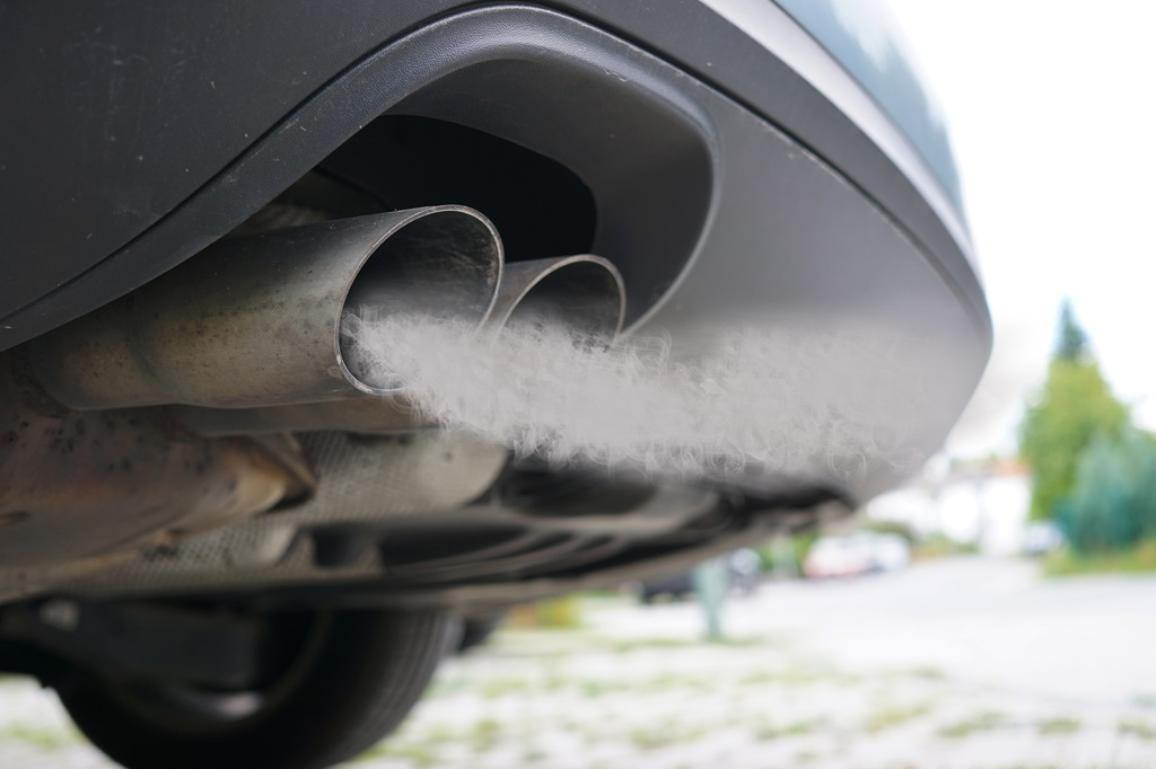Introduction:
As the automotive industry evolves, so do the regulations and standards governing it. Two critical aspects of car ownership that every driver should be aware of are emissions regulations and safety standards. In this blog post, we'll delve into what these regulations entail and how understanding them can contribute to responsible car ownership. Additionally, we'll highlight how Get Drivers Ed can assist new drivers in staying compliant with these regulations while becoming safe and responsible road users.
Emissions Regulations:
Emissions regulations are designed to reduce the environmental impact of vehicles by limiting the amount of pollutants they release into the atmosphere. Here are some key points to consider:
1. Environmental Impact: Internal combustion engine vehicles emit pollutants such as carbon monoxide (CO), nitrogen oxides (NOx), and hydrocarbons (HC), which contribute to air pollution and climate change.
2. Emissions Standards: Governments around the world have established emissions standards that automakers must meet. These standards become increasingly stringent over time, pushing manufacturers to develop cleaner and more fuel-efficient vehicles.
3. Vehicle Types: Emissions regulations vary by vehicle type. Passenger cars, trucks, and commercial vehicles may have different requirements.
4. Compliance: Ensuring your vehicle complies with emissions regulations often involves regular emissions testing and maintaining your vehicle in good working condition.
Safety Standards:
Safety standards are in place to protect both drivers and passengers on the road. These standards encompass various aspects of vehicle design and performance:
1. Crashworthiness: Safety standards mandate that vehicles be designed to protect occupants in the event of a collision. Features like airbags, seatbelts, and crumple zones contribute to crashworthiness.
2. Active Safety: These standards focus on technologies that help drivers avoid accidents, such as antilock braking systems (ABS), electronic stability control (ESC), and advanced driver-assistance systems (ADAS).
3. Child Safety: Child safety standards address the proper installation and use of child safety seats, ensuring the protection of young passengers.
4. Pedestrian Safety: Some standards pertain to minimizing injuries to pedestrians in the event of a collision.
Get Drivers Ed: Your Resource for Responsible Car Ownership
For new drivers, understanding emissions regulations and safety standards is crucial. Get Drivers Ed offers comprehensive driver's education courses designed to equip new drivers with the knowledge and skills needed to navigate the road safely and responsibly.
Our courses cover a wide range of topics, including:
Road Safety: Learn the rules of the road, defensive driving techniques, and how to handle various driving conditions.
Eco-Friendly Driving: Understand how to reduce your vehicle's environmental impact by adopting eco-friendly driving habits.
Vehicle Maintenance: Discover the importance of regular vehicle maintenance to ensure your car complies with emissions regulations and remains safe on the road.
Compliance: Stay informed about the latest emissions regulations and safety standards to maintain a compliant and safe vehicle.
Conclusion:
Responsible car ownership goes beyond simply driving safely. It involves staying informed about emissions regulations and safety standards, ensuring your vehicle meets these requirements, and continuously improving your driving skills. Get Drivers Ed can be your trusted partner on this journey, providing the knowledge and guidance you need to become a safe, eco-conscious, and responsible driver.

